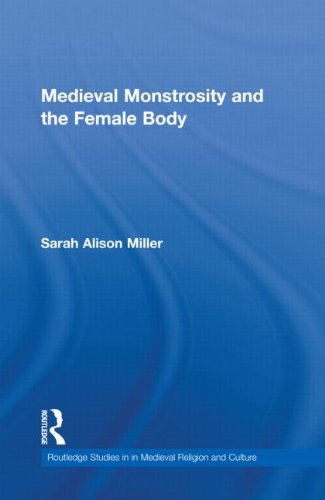

Most ebook files are in PDF format, so you can easily read them using various software such as Foxit Reader or directly on the Google Chrome browser.
Some ebook files are released by publishers in other formats such as .awz, .mobi, .epub, .fb2, etc. You may need to install specific software to read these formats on mobile/PC, such as Calibre.
Please read the tutorial at this link. https://ebooknice.com/page/post?id=faq
We offer FREE conversion to the popular formats you request; however, this may take some time. Therefore, right after payment, please email us, and we will try to provide the service as quickly as possible.
For some exceptional file formats or broken links (if any), please refrain from opening any disputes. Instead, email us first, and we will try to assist within a maximum of 6 hours.
EbookNice Team

Status:
Available0.0
0 reviewsThe medieval monster is a slippery construct, and its referents include a range of religious, racial, and corporeal aberrations. In this study, Miller argues that one incarnation of monstrosity in the Middle Ages—the female body—exists in special relation to medieval teratology insofar as it resists the customary marginalization that defined most other monstrous groups in the Middle Ages. Though medieval maps located the monstrous races on the distant margins of the civilized world, the monstrous female body took the form of mother, sister, wife, and daughter. It was, therefore, pervasive, proximate, and necessary on social, sexual, and reproductive grounds. Miller considers several significant texts representing authoritative discourses on female monstrosity in the Middle Ages: the Pseudo-Ovidian poem, De vetula (The Old Woman); a treatise on human generation erroneously attributed to Albert the Great, De secretis mulierum (On the Secrets of Women), and Julian of Norwich’s Showings. Through comparative analysis, Miller grapples with the monster’s semantic flexibility while simultaneously working towards a composite image of late-medieval female monstrosity whose features are stable enough to define. Whether this body is discursively constructed as an Ovidian body, a medicalized body, or a mystical body, its corporeal boundaries fail to form properly: it is a body out of bounds.